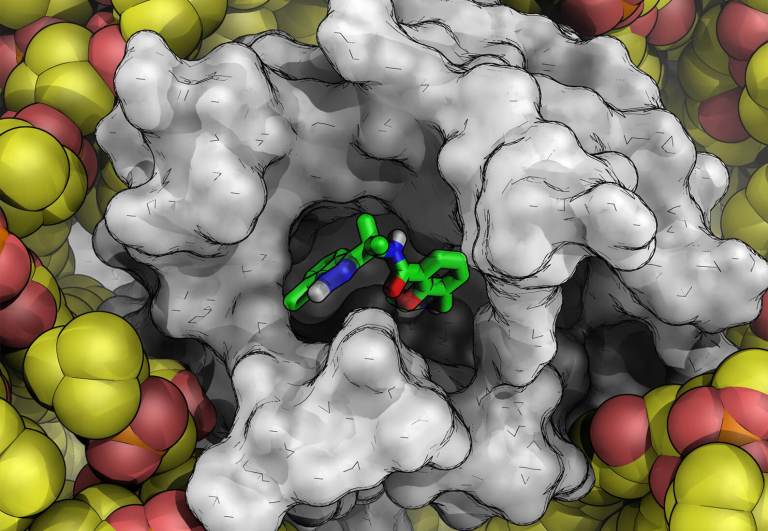- Publication
- Dec 10, 2024
Calculating apparent pKa values of ionizable lipids in lipid nanoparticles
Hamilton, et al. Molecular Pharmaceutics, 2024
- Publication
- Oct 24, 2024
The Discovery of MORF-627, a Highly Selective Conformationally-Biased Zwitterionic Integrin αvβ6 Inhibitor for Fibrosis
Harrison BA, et al. Journal of Medicinal Chemistry, 2024
- Publication
- Oct 3, 2024
AutoDesigner – Core Design, a De Novo Design Algorithm for Chemical Scaffolds: Application to the Design and Synthesis of Novel Selective Wee1 Inhibitors
Bos P, et al. J. Chem. Inf. Model., 2024
- Publication
- Oct 2, 2024
Predicting the Release Mechanism of Amorphous Solid Dispersions: A Combination of Thermodynamic Modeling and In Silico Molecular Simulation
Walter, et al. Pharmaceutics, 2024, 16(10), 1292
- Publication
- Sep 27, 2024
A method for treating significant conformational changes in alchemical free energy simulations of protein–ligand binding
Liao J, et al. J. Chem. Theory Comput., 2024, 20, 19, 8609–8623
- Publication
- Aug 23, 2024
Novel druggable space in human KRAS G13D discovered using structural bioinformatics and a P-loop targeting monoclonal antibody
Jungholm O et al., Scientific Reports, 2024, 14(1), 19656
- Publication
- Aug 15, 2024
Robust prediction of relative binding energies for protein–protein complex mutations using free energy perturbation calculations
Sampson, et al. Journal of Molecular Biology, 2024, 436, 16, 168640
- Publication
- Aug 15, 2024
Coarse-grained simulation of mRNA-loaded lipid nanoparticle self-assembly
Grzetic, et al. Molecular Pharmaceutics, 2024, 21, 9, 4747–4753
- Publication
- Aug 13, 2024
OPLS5: Addition of polarizability and improved treatment of metals
Damm, et al. ChemRxiv, 2024
- Publication
- Aug 2, 2024
Quantum chemical package Jaguar: A survey of recent developments and unique features
Cao, et al. The Journal of Chemical Physics, 2024, 161(5), 052502
- Publication
- Jun 24, 2024
Study of key residues in MERS-CoV and SARS-CoV-2 main proteases for resistance against clinically applied inhibitors nirmatrelvir and ensitrelvir
Krismer L et al., Npj Viruses, 2024, 2(1), 23
- Publication
- Jun 19, 2024
Structures of synaptic vesicle protein 2A and 2B bound to anticonvulsants
Mittal A, et al. Nature Structural & Molecular Biology, 2024
Case Studies
 Case Study
Life Science
Materials Science
Case Study
Life Science
Materials Science
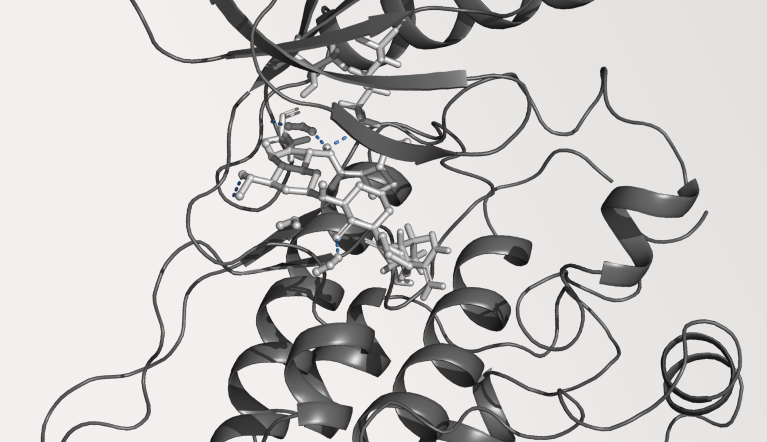 Case Study
Life Science
Case Study
Life Science
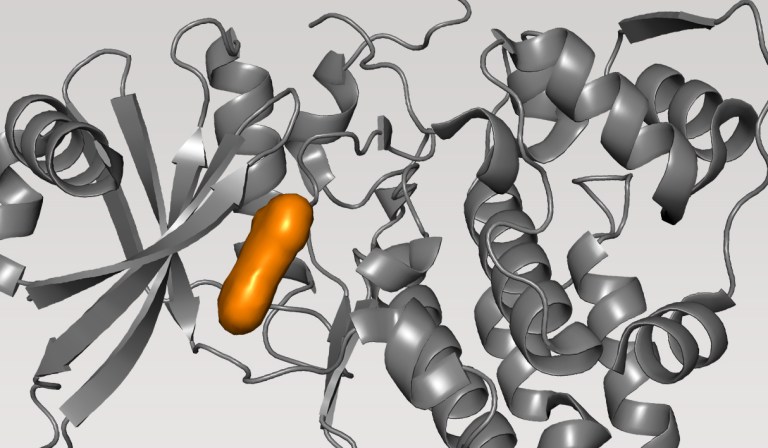 Case Study
Life Science
Case Study
Life Science
Documentation
- Documentation
Learning Path: Oligonucleotide Modeling
A structured overview of tools and workflows for nucleic acids in drug discovery.
- Documentation
WaterMap
Efficiently converged MD simulations are run with explicit water molecules, and resultant trajectories are analyzed to cluster hydration sites.
- Documentation
SiteMap
Identify binding sites, including allosteric binding sites and protein-protein interfaces, and evaluate their druggability.
Events
 Event
Materials Science
Event
Materials Science
- Dec 8th-11th, 2025
AABC 2025
Schrödinger is excited to be participating in the AABC 2025 conference taking place on December 8th – 11th in Las Vegas, Nevada.
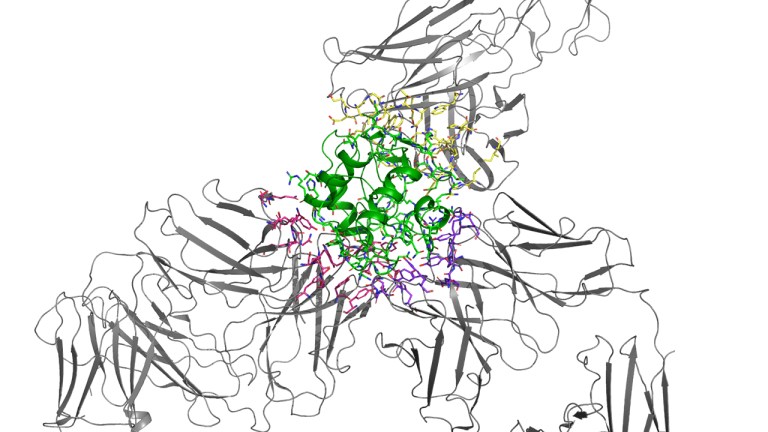 Webinar
Life Science
Webinar
Life Science
- Dec 9, 2025
Designing better biologics: A blueprint for leveraging in silico methods in biologics R&D EU
In this exclusive webinar, our experts will provide a technical overview of our unique, physics-based approach to protein engineering and customizable in silico workflow, and discuss several relevant examples.
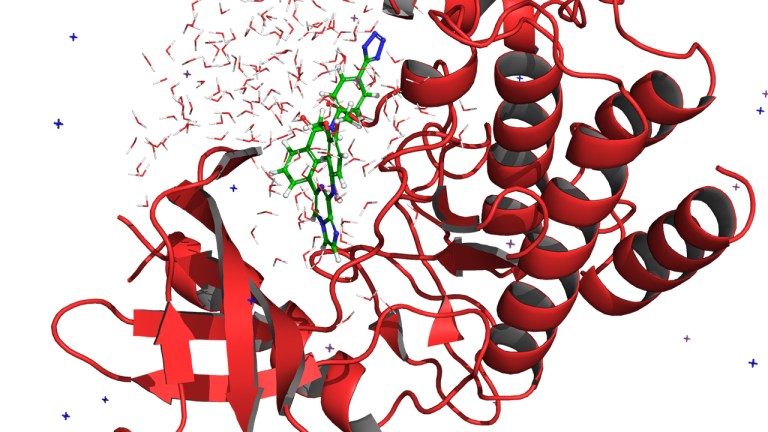 Webinar
Life Science
Webinar
Life Science
- Dec 10, 2025
Scaling FEP+ for success: Strategic deployment of FEP+ and AI/ML to accelerate chemical space exploration
Join us to map out your strategy for maximizing the organizational impact of FEP+ and to achieve the full potential of your computational drug discovery and business goals.
Training Videos
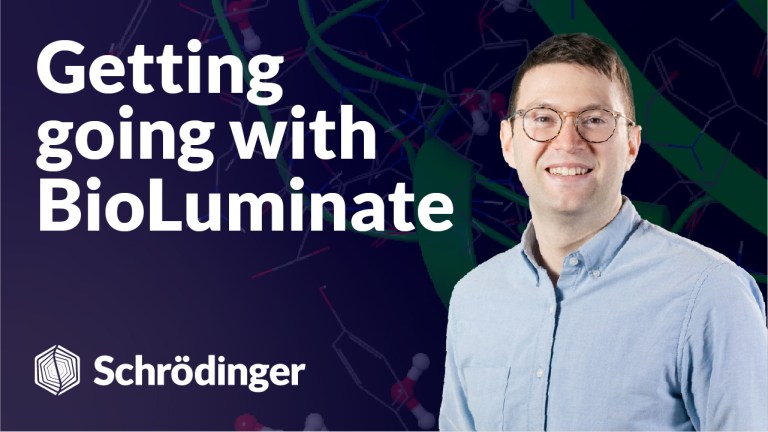 Video
Life Science
Video
Life Science
Getting Going with Maestro BioLuminate
A free video series introducing the basics of using Maestro Bioluminate.
 Video
Life Science
Video
Life Science
- Video
Introducing Ligand Designer
An overview of the LigandDesigner workflow, Editing in 2D and 3D, using display options and overlays, and accessing the Admin Panel.
Publications
- Publication
- Oct 13, 2025
Accelerated in silico discovery of SGR-1505: A potent MALT1 allosteric inhibitor for the treatment of mature B-cell malignancies
Nie Z, et al. J. Med. Chem., 2025
- Publication
- Oct 12, 2025
Discovery of highly potent noncovalent inhibitors of SARS-CoV-2 main protease through computer-aided drug design
Okabe A, et al. J Med Chem, 2025
- Publication
- Sep 17, 2025
Accurate hydration free energy calculations for diverse organic molecules with a machine learning force field
Xie, et al. ChemRxiv, 2025, 1, Preprint
Quick Reference Sheets
- Quick Reference Sheet
GlideMap
A one-page guide to using the GlideMap GUI for ligand placement guided by experimental density.
- Quick Reference Sheet
Synthesis Queue LiveReport
Use Freeform columns to track the status of compounds in a synthesis queue.
- Quick Reference Sheet
Modeling Queue LiveReport
Learn how to use Freeform columns and an Auto-Update Search to create compound progression workflows.
Tutorials
- Tutorial
Structure-Based Virtual Screening using Glide
Prepare receptor grids for docking, dock molecules and examine the docked poses.
- Tutorial
Ligand Binding Pose Prediction for FEP+
Generate starting poses for FEP simulations for a series of BACE1 inhibitors using core constrained docking.
- Tutorial
Antibody Visualization and Modeling in BioLuminate
Visualize, build, and evaluate antibody models, analyze an antibody for various characteristics, dock an antigen to an antibody.
Webinars
 Webinar
Life Science
Webinar
Life Science
- Dec 9, 2025
Designing better biologics: A blueprint for leveraging in silico methods in biologics R&D EU
In this exclusive webinar, our experts will provide a technical overview of our unique, physics-based approach to protein engineering and customizable in silico workflow, and discuss several relevant examples.
 Webinar
Life Science
Webinar
Life Science
- Dec 10, 2025
Scaling FEP+ for success: Strategic deployment of FEP+ and AI/ML to accelerate chemical space exploration
Join us to map out your strategy for maximizing the organizational impact of FEP+ and to achieve the full potential of your computational drug discovery and business goals.
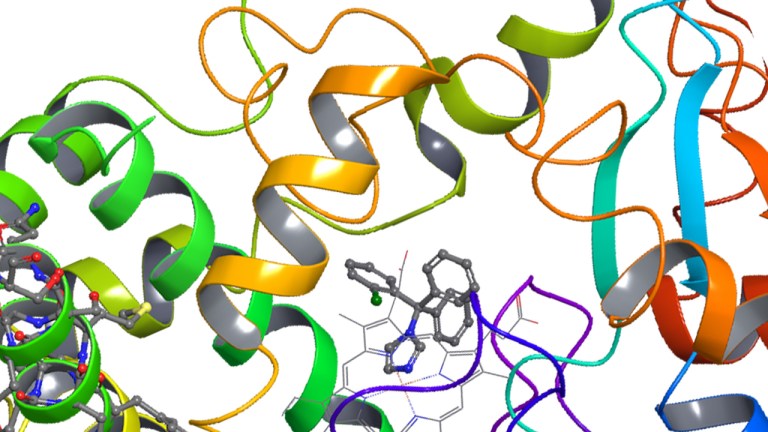 Webinar
Life Science
Webinar
Life Science
- Dec 16, 2025
Predictive toxicology solutions: Actionable, structure-based insights to dial-out tox liabilities early
Join us to see how our new Predictive Toxicology Solutions fundamentally change the design process.
White Papers
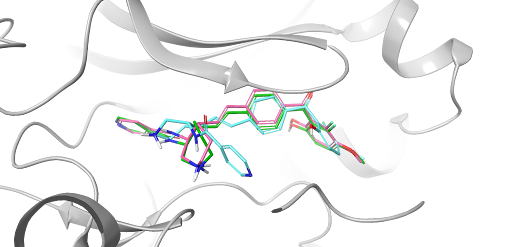 White Paper
Life Science
White Paper
Life Science
- Oct 29, 2024
20 Years of Glide: A Legacy of Docking Innovation and the Next Frontier with Glide WS
Glide has long set the gold standard for commercial molecular docking software due to its robust performance in both binding mode prediction and empirical scoring tasks, ease of use, and tight integration with Schrödinger’s Maestro interface and molecular discovery workflows.
 White Paper
Life Science
White Paper
Life Science
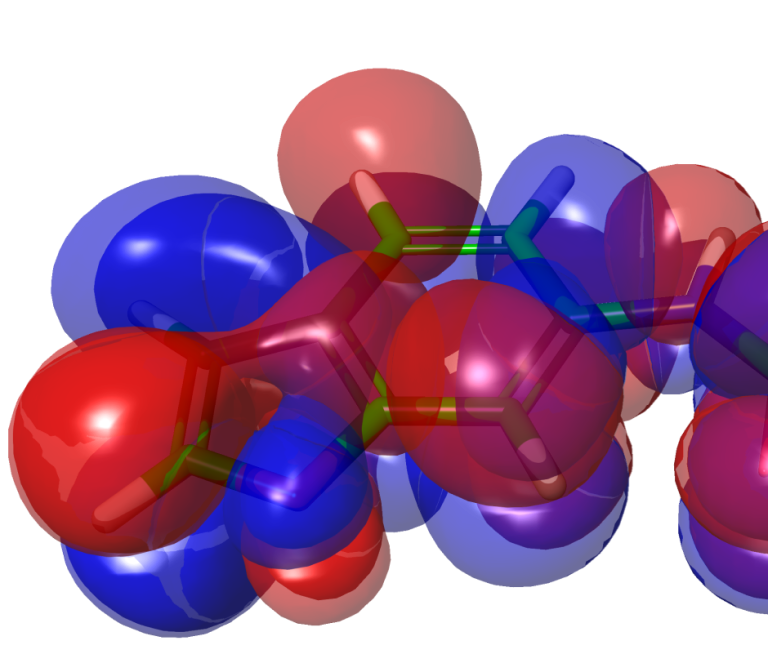 White Paper
Life Science
White Paper
Life Science

Latest insights from Extrapolations blog
Training & Resources
Online certification courses
Level up your skill set with hands-on, online molecular modeling courses. These self-paced courses cover a range of scientific topics and include access to Schrödinger software and support.
Free learning resources
Learn how to deploy the technology and best practices of Schrödinger software for your project success. Find training resources, tutorials, quick start guides, videos, and more.


